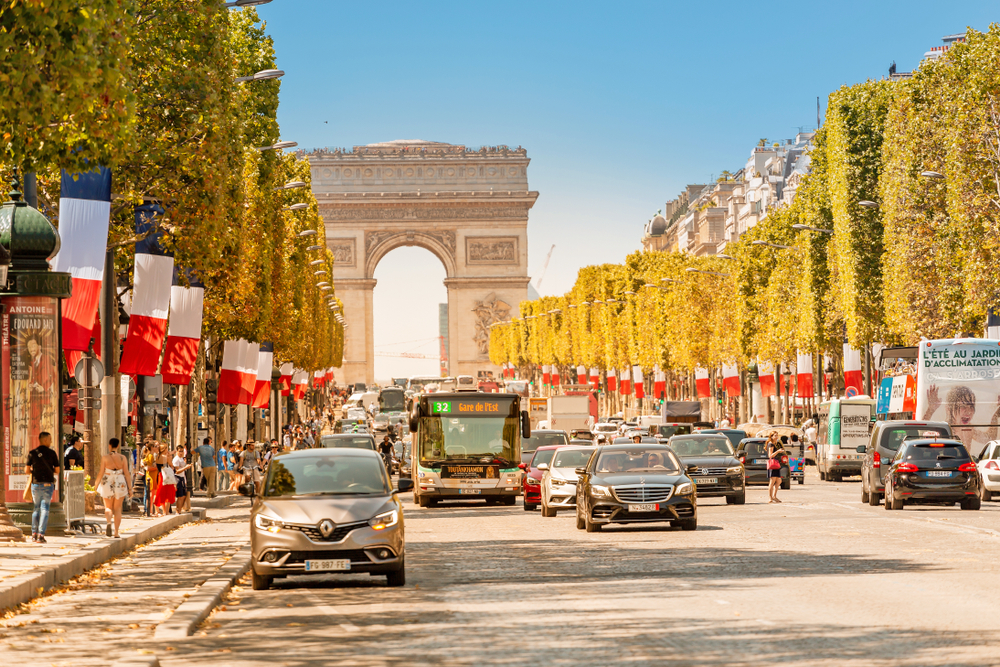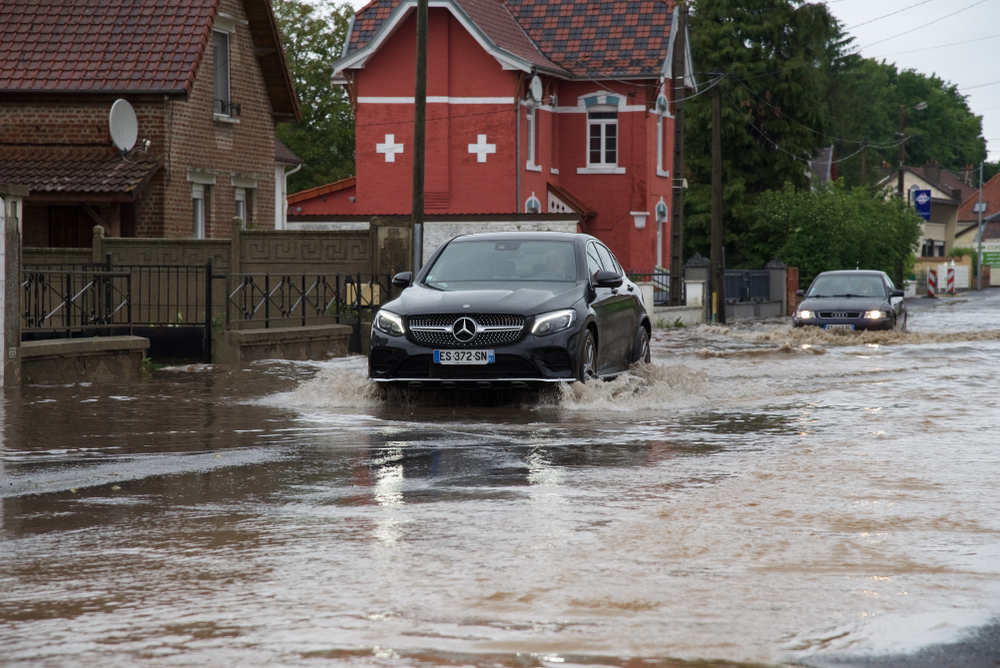Driving and Autos: Driving Conditions
The information below has been excerpted from the following: 1) the US Department of State's "International Travel" website (travel.state.gov/travel/), 2) the Australian Department of Foreign Affairs and Trade's "Smartraveller" website (www.smartraveller.gov.au), and 3) the UK Foreign and Commonwealth Office's "Foreign Travel Advice" website (www.gov.uk/foreign-travel-advice/). Additional information is available from these sources. World Trade Press annually assesses the information presented on this page.
United States: Department of State International Travel Information
While in France and Monaco, you may encounter road conditions that are very different from those in the United States.
Roads in France are generally comparable to those in the United States, but traffic engineering and driving habits pose special dangers. Lane markings and sign placements may not be clear. Drivers should be prepared to make last-minute maneuvers. French drivers typically drive more aggressively and faster than U.S. drivers, and tend to exceed posted speed limits. Right-of-way rules in France differ from those in the United States. Drivers entering intersections from the right have priority over those on the left (unless specifically indicated otherwise), even when entering relatively large boulevards from small side streets. While many newer traffic circles have yield signs, some intersections do not, and still require traffic in the circle to cede the right-of-way to incoming traffic from the right.
On major highways, there are service stations at least every 25 miles. Service stations are not as common on secondary roads in France as they are in the United States. Paris has an extensive and efficient public transportation system. The interconnecting system of buses, subways, and commuter rails serves more than four million people a day with a safety record comparable to, or better than, the systems of major U.S. cities. Similar transportation systems are found in all major French cities. Between cities, France has an equally extensive rail service, which is safe and reliable. High-speed rail links connect the major cities in France. Many cities are also served by frequent air service. Traveling by train is safer than driving.
Pedestrians make up 13 percent of the deaths in motor vehicle accidents in France (roughly the same as in the United States), but this percentage is increasing. Most of these accidents occur when a pedestrian steps out onto the street, often when a car or motorcycle is making a turn through a pedestrian crosswalk. Pedestrians should be cautious even when they have a green walking signal since this is no guarantee against aggressive drivers.
While Paris, Marseille, Lyon, and other French cities actively encourage bicycle rentals through widely available city-sponsored systems, you should be cautious about this means of transportation, especially in a busy and unfamiliar urban environment. Helmets are neither required nor readily available near rental stations. If you plan to ride a bicycle in France, you should bring your own helmet.
Please refer to our Road Safety page for more information. Visit the French National Tourist Office’s website for specific information on French driver's permits, vehicle inspection, road tax, and mandatory insurance. See Embassy Paris’ Driving in France webpage for information on using U.S. driver’s licenses in France.
Australia: Department of Foreign Affairs and Trade Travel Advice
Industrial action in France may affect various forms of transport, which could affect your travel plans, we advise you to monitor your travel bookings and keep in contact with transport providers for the most up to date information available to your situation.
Australians wanting to drive in France must have a valid Australian driver's licence and a valid International Driving Permit (IDP), issued by the relevant IDP authority in your state before leaving Australia, listed on our Road travel page. The minimum age to drive a vehicle is 18. Australians resident in France may exchange their Australian driver licence for a French licence within the first 12 months of their residency.
It is obligatory for all vehicles to carry a reflective vest and warning triangle for use in case of breakdown.
For further advice, see our Road travel page.
United Kingdom: Foreign and Commonwealth Office Foreign Travel Advice
Driving regulations in France are different from those in the UK. Penalties for various offences have recently been increased.
Many drivers undertake long journeys in France. Plan your journey carefully and take regular breaks.
To drive in France you must be 18 years old and have a valid UK driving licence, insurance and vehicle documents. If you don’t own the vehicle you’re driving, you should get written permission from the registered owner.
It is compulsory to carry a warning triangle and reflective jacket. The reflective jacket must be stored inside the vehicle itself and accessible without getting out of the car.
Speeding can result in heavy, on the spot fines, and your vehicle and licence could be confiscated.
It is illegal to cross, even partially, on to the hard shoulder of a motorway without good reason.
In-car radar detectors and satellite navigation systems warning of the presence of speed cameras or radars are illegal whether in use or not.
In 2011 there were 3,970 road deaths in France. This equates to 6.1 road deaths per 100,000 of population compared to the UK average of 3.0 road deaths per 100,000 of population in 2011.
Information on road safety and potential traffic black spots (in French only) is available on the Bison Futé website.
See the AA and RAC guides on driving in France.
Road hauliers
Heavy goods vehicles over 7.5 tonnes are banned from driving on roads in France on certain days during the year, including all Sundays and public holidays. Dates are set by the French Ministry of Transport. Full details of restrictions can be found on the Bison Futé website.
British haulage companies and their employees should contact the Road Hauliers Association for further information about driving in France.
Copyright © 1993—2024 World Trade Press. All rights reserved.

 France
France 
